I have a number of C# Assemblies which have been built and registered as COM components. They work perfectly fine when invoked from unmanaged code (Fujitsu NetCOBOL for Windows) and I also have no difficulty when invoking COBOL COM components from C#. The unmanaged COM component appears in the VS 2017 Reference Manager COM tab, VS 2017 generates the Interop and it is all excellent.
But if I try to use one of the managed COM components with managed code (a C# .exe), the VS 2017 Reference Manager doesn't show an entry for the .DLL. Instead, it presents the DESCRIPTION of the component instead of the NAME, and it is pointing to the .TLB which was generated when I built the original component. If I select that reference, this happens:
If I go and Browse for the .DLL the reference is added OK, but it forces me to "Copy Local" and I get a copy of the .DLL deployed with my executable.
If I try and make it false, and embed the types, it fails to build and I get a message about some obscure attributes not being set...
If I build it as shown, it deploys and works perfectly, but I am adding a copy of the COM component .dll to every executable I deploy. That kind of defeats the object of COM components where one copy of the code is shared between users. I used COM for years with unmanaged code and never had any problems. Is a different understanding required for use with managed code?
I have spent a number of hours reading the docs on COM and interOP (although InterOP is not applicable here I think, as both the client and the server are managed code.)
Is there something I need to set when I build the component? (I use "Make COM Visible" and it certainly seems to register it OK. However, I noticed that if I unregister it with Regasm it does not clear the registry entries...
Is there a VS 2017 setting I am missing or something in the build? Any help would be gratefully received.
Pete.








